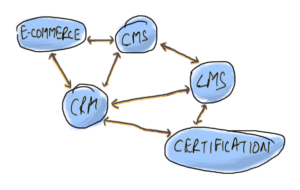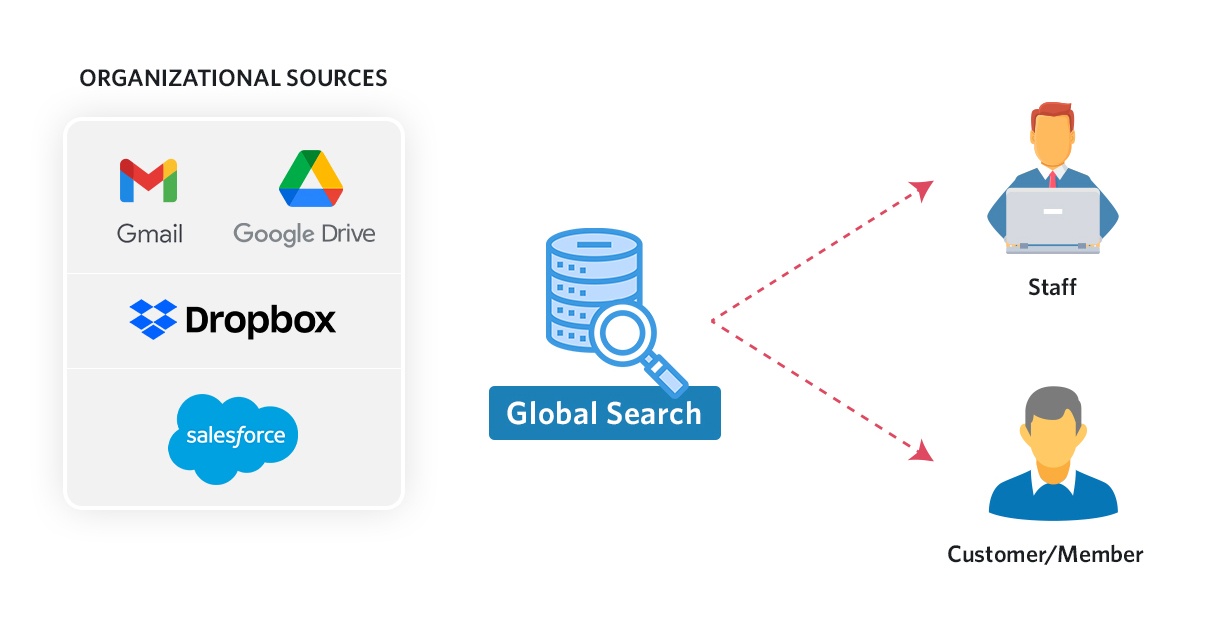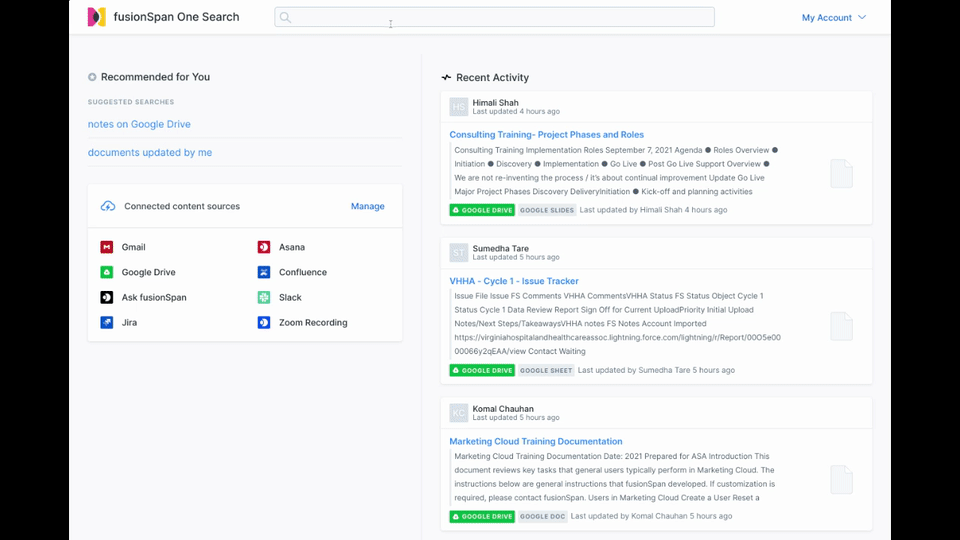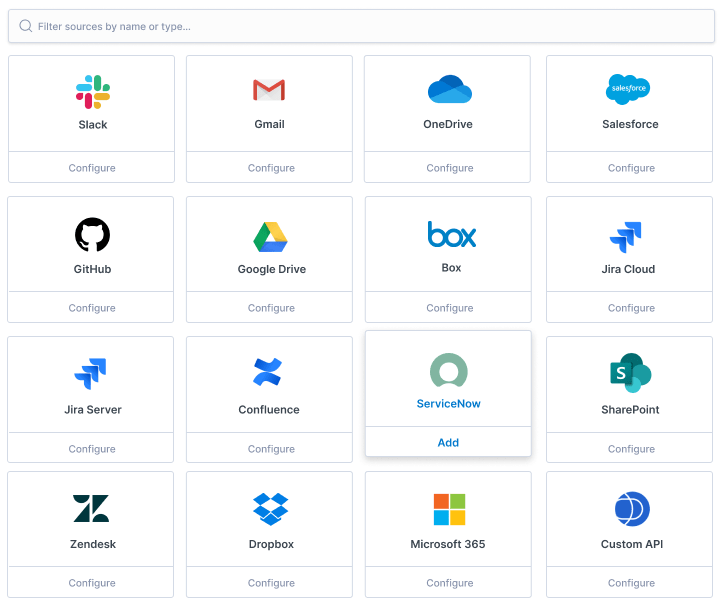Most organizations today deploy a “best-of-breed” infrastructure, meaning that they use the best software that solves a specific business problem really well. These systems typically aim to include member management, payment gateways, event registration and more all in one platform. While these tools have many advantages, there are a few problems.
- Information is scattered across multiple systems
- Related conversations are happening on multiple channels
- Users need to go to multiple systems to get the full picture on a topic














